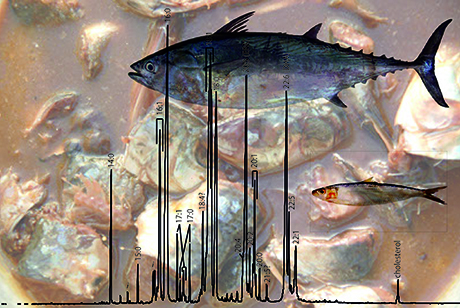
Publications
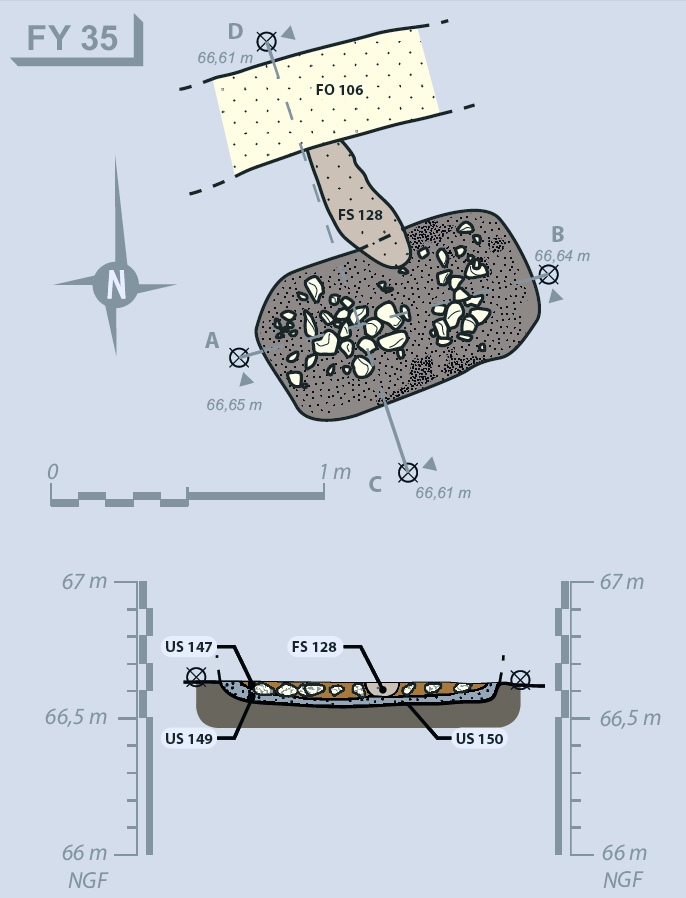
Les foyers à pierres chauffantes du Hameau des Laurons (Les Arcs-sur-Argens, Var)
D. Dubesset, N. Garnier, I. Figueiral, O. Sivan
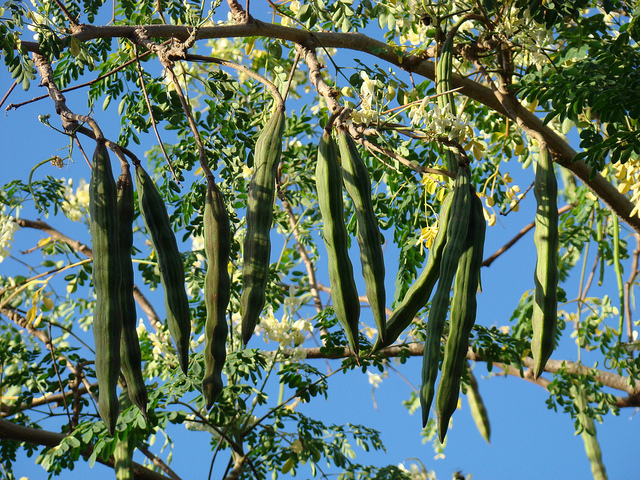
L’huile de ben identifiée dans quatre amphores africaines de type Ostia LI X provenant d’Arles : difficultés d’interprétation
.jpg)
Analysis of archaeological triacylglycerols by high resolution nanoESI, FT-ICR MS and IRMPD MS/MS: Application to 5th century BC–4th century AD oil lamps from Olbia (Ukraine).
Garnier N., Rolando C., Høtje J. M., Tokarski C.
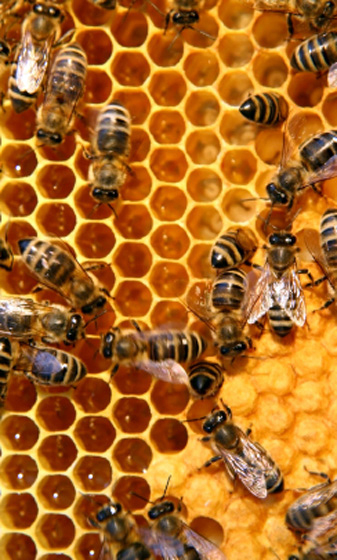
Characterization of archaeological beeswax by electron ionization and electrospray ionization mass spectrometry
Garnier N., Cren-Olive C., Rolando C., Regert M.
Saepinum : tannerie et moulin hydraulique :
analyses des cuves 6 et 7
N. Garnier p. 109-114
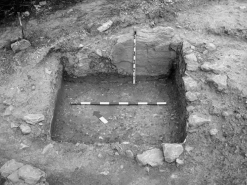
Identifying wine and oil production:
analysis of residues from Roman and Late Antique plastered vats
Alessandra Pecci, Miguel Ángel Cau Ontiveros, Nicolas Garnier
